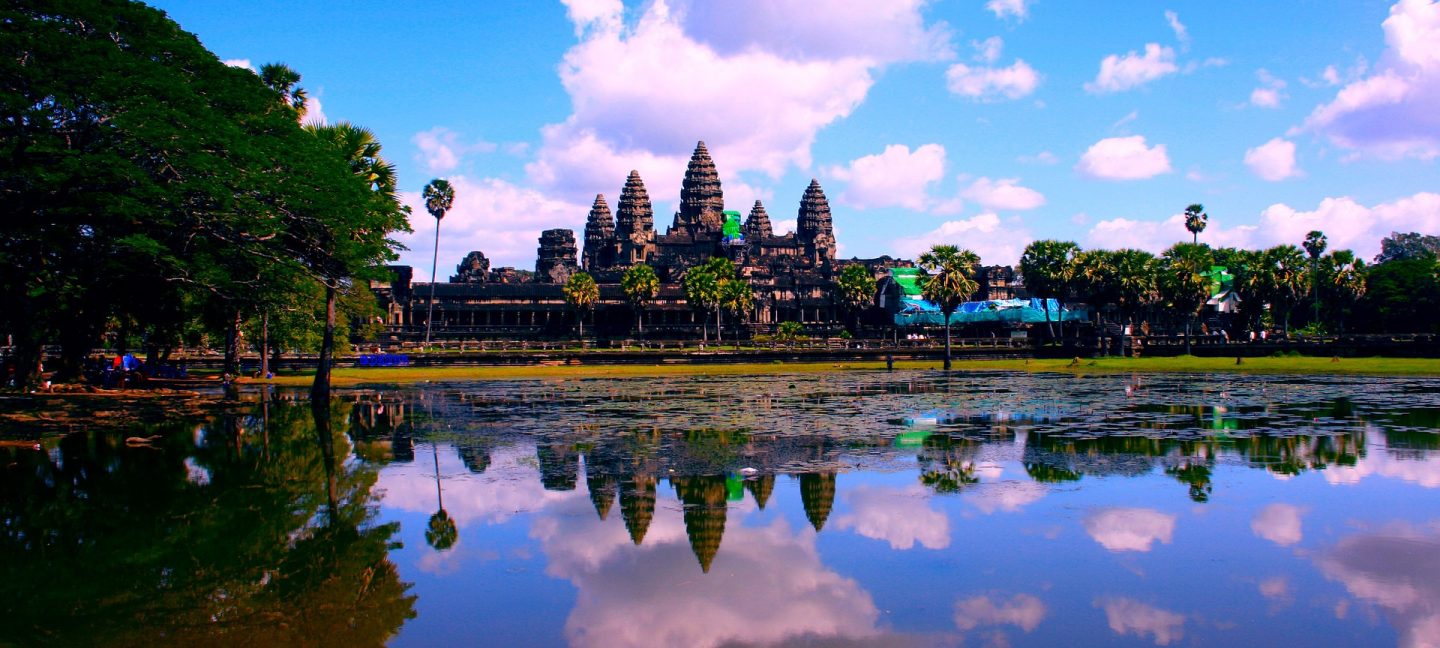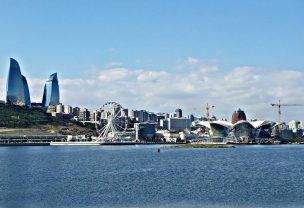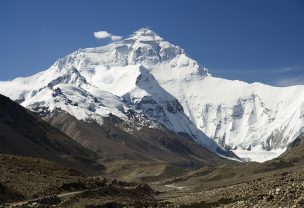Quick facts
- Full name: Kingdom of Cambodia
- Capital: Phnom Penh
- Largest city: Phnom Penh
- Official language: Khmer
- Area: 181,035 km2
- Population: 16,245,729 (2018)
- Currency: Riel (KHR) 1 (KHR) = 100 kak
- Foreign tourists: 5 million (2016)
- Travel risks and hazards: Crime, dangerous animals.
Cambodia recently restored its Monarchy in 1993 after throwing down the chains of communism. The country has been slowly improving since then. Cambodia is most famous for the greatest Wat to exist. Namely the Angkor Wat.
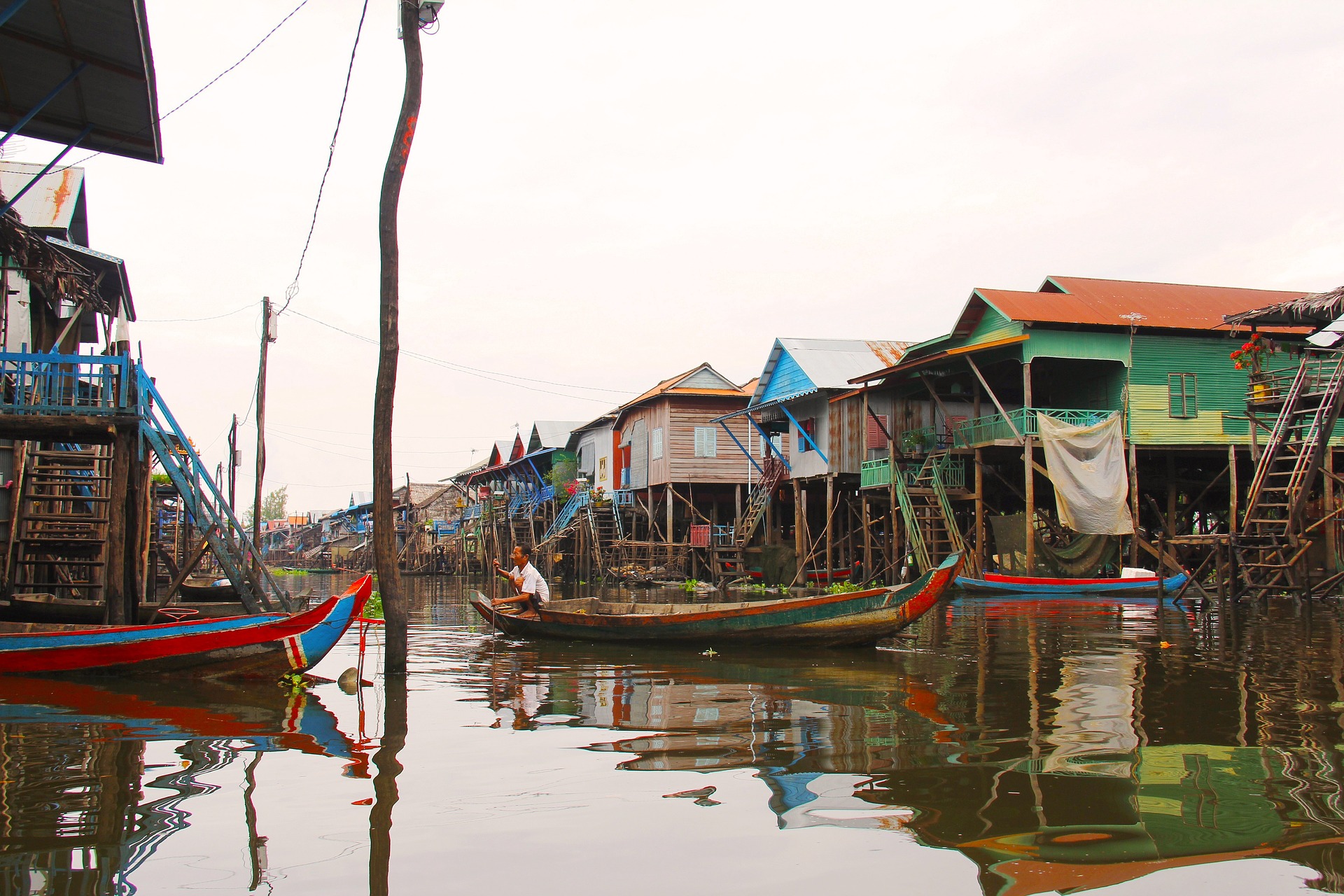
Traveling info
A passport and visa are required from anyone visiting the country. Tourists and business travelers may purchase a Cambodian visa valid for one month at the airports in Phnom Penh and Siem Reap and borders. Both require a passport valid for at least six months from the expiry date, 01 recent passport-sized photos. For most visitors to the Kingdom, a visa is obtainable upon arrival at both Phnom Penh and Siem Reap International Airports in Phnom Penh and Siem Reap. At land crossing from Thailand, visas are available at Poipet Banteay Meanchey and Cham Yeam. Visitors who enter from Vietnam through Bavet or Ka-Om Samnor will need to have already obtained their visas prior to their arrival through a Cambodian Embassy or Consulate overseas. Tourists also can obtain a visa through the online E-Visa. Some nationalities are required to get a visa in advance at Royal Embassy of the Kingdom of Cambodia in their country: Afghanistan, Algeria, Arab Saudi, Bangladesh, Iran, Iraq, Pakistan, Sri Lanka, Sudan, Nigeria. Tourists who wish to drive in Cambodia must have a valid driving permit and acquire a Cambodian driving permit. An international driving permit is not recognized in Cambodia.
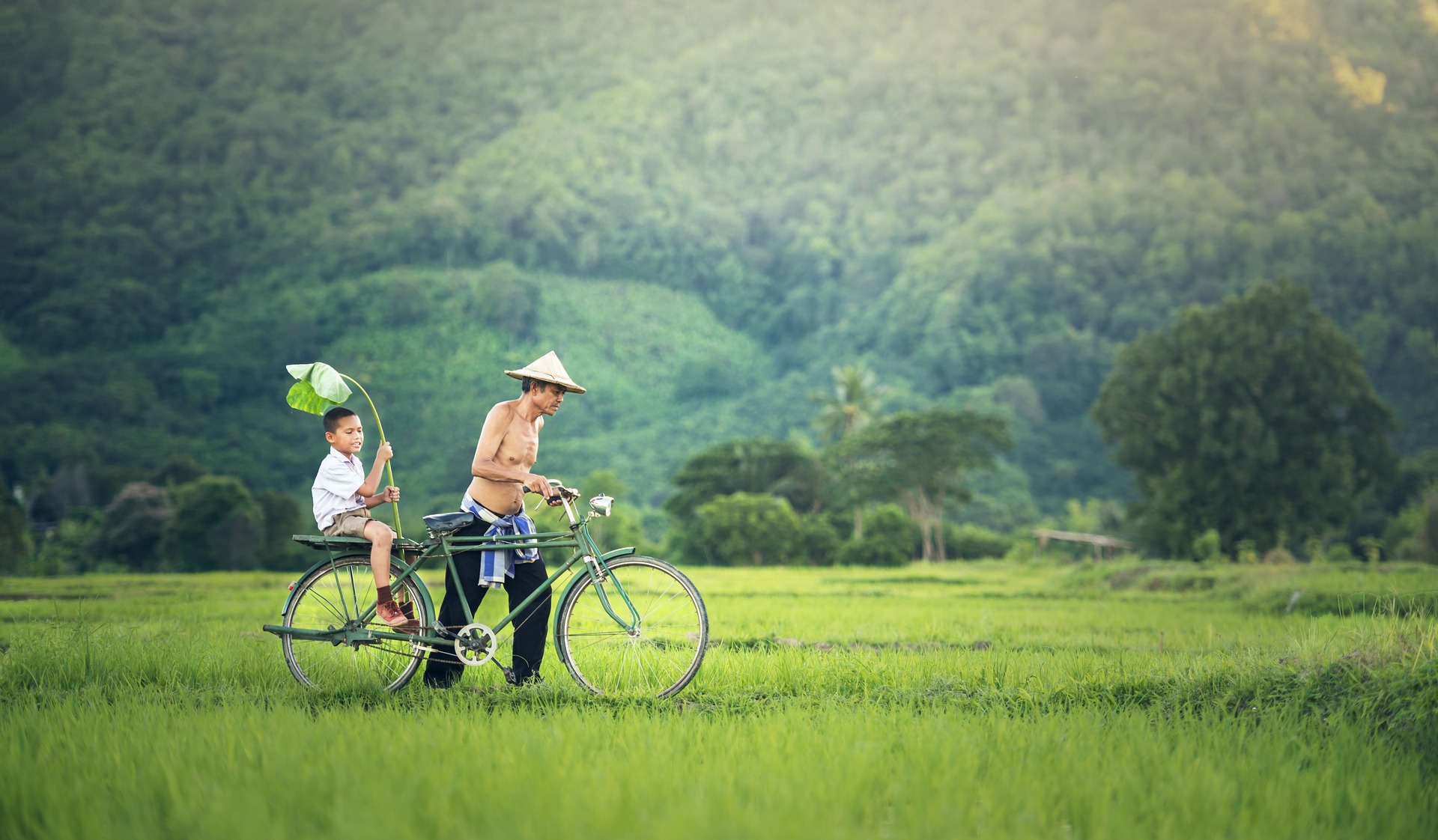
Traveling hazards
You should not drive at night in Cambodia outside of city limits. Road maintenance is sporadic in both urban and rural areas. Roads between major areas are adequate; however, roads leading to areas that are more rural are poor. During the rainy season, both urban and rural road conditions deteriorate considerably. Roadside assistance is non-existent. The safety of road travel outside urban areas varies greatly. Cambodian drivers routinely ignore traffic laws, and vehicles are poorly maintained. Intoxicated drivers are commonplace, particularly during the evening hours, and penalties for driving under influence offenses vary greatly. Banditry occurs even on heavily traveled roads, so all travel should be done in daylight between the hours of 7:00 a.m. and 5.00 p.m. There are also frequent bus accidents. Serious flooding occurs in both Phnom Penh and the rest of Cambodia starting at the end of July or early August and continuing into November. The unimproved highways to Prey Veng, Pailin, Stung Treng, and Poipet become more difficult and dangerous during this time of the year, and travel on unpaved or dirt roads is virtually impossible. The National Route highways are the only roads that can be traveled with caution during this time of the year.

Environmental hazards
There are several animals in Cambodia which are potentially dangerous for people. One of these animals is the Indochinese tiger. This large apex predator is not afraid to attack. Interactions with these are more common as deforestation of their areas proceeds. It is estimated that roughly 100 people are killed every year by tigers in Asia. Asiatic black bears are few in numbers in the country however these animals are a potential danger. Black bears are the boldest of their species and are capable of attacking a tourist which stumbles upon them. Elephants are the largest creatures on earth. Although these animals are not predators by any means, such a large animal may easily devastate their surroundings when angered. Young male elephants burst in anger from high doses of testosterone and destroy their surroundings. There are 17 lethally venomous snakes in Cambodia. Most of these are kraits however there are also sea snakes, pit vipers, and cobras. Tourists should avoid all snakes. An untrained eye will not be able to tell venomous snakes apart from the non-venomous. Although the countries surrounding Cambodia have reported several shark attacks, there are no official reports in Cambodia. Tourists are advised to visit designated beaches with lifeguards only as these are generally safe from any dangerous marine creatures such as stonefish, lionfish or blue-ringed octopus. These marine creatures are venomous and are capable of fatally stinging their victim however they only sting when harmed.
During the monsoon season which begins in May and lasts until October, heavy rains can cause sporadic flooding in parts of the country and along Phnom Penh city streets, making many roads and bridges impassable.
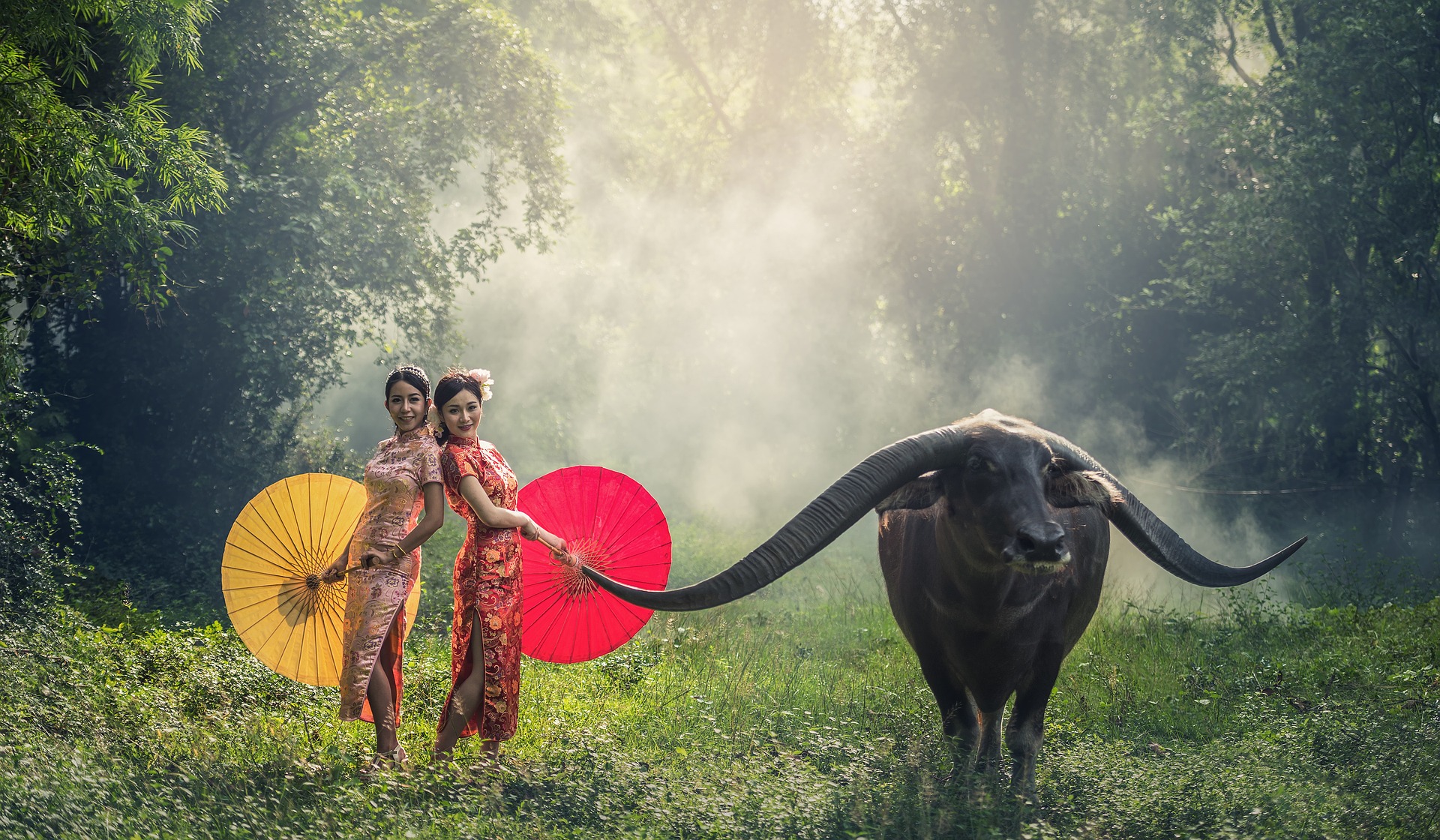
Health hazards
There is no risk of yellow fever in Cambodia. The government of Cambodia requires proof of yellow fever vaccination only if you are arriving from a country with risk of yellow fever. There are several other vaccinations which are recommended but not legally required. These are the routine vaccines also known as MMR vaccines, typhoid, hepatitis A and B, Japanese encephalitis and rabies vaccines. There are no vaccinations against malaria however there is prescribed medicine against it. The disease is contracted through mosquito bites, therefore, it is advised to use mosquito repellants. Public healthcare quality and availability vary across the country. Whilst the best services provided by public facilities may be received in Phnom Penh, rural areas receive poor or no services at all. Tourists are strongly advised to visit private facilities which provide superior services to those provided by the public sector.
In case of an emergency dial 119.
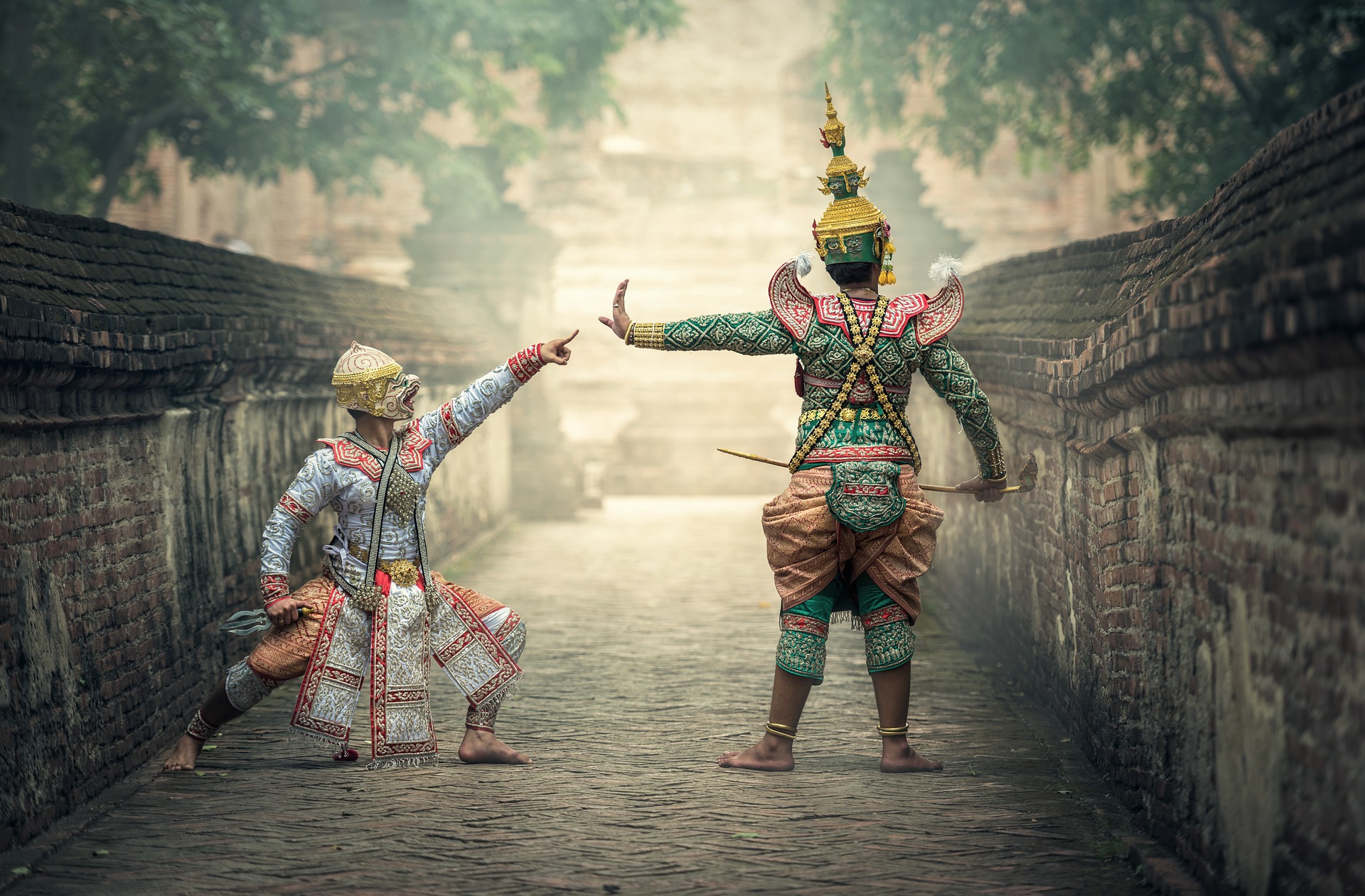
Crime
Crime is a possibility in Cambodia. Petty crime is commonplace. Westerners are generally targeted by thieves in the hopes of financial gains however most thieves avoid confrontations and prefer to operate stealthily. Pickpocketing, bag snatching especially from tourists who use tuk-tuks (three-wheeled motorbike taxis) is common. Crowded places and public transport are particularly risky. Violent crime does occur and although it is rare, chances of falling a victim of violent assault or armed robbery significantly increase at night but also happen during the day. Tourist should avoid secluded places especially past evening hours and take taxis to and from their destinations after dusk. There is no terrorist threat in Cambodia. The death penalty was abolished in Cambodia, but the Law on the Control of Drugs bodes ill for those caught with controlled substances, at least on paper. Cambodia’s laws prescribe punishment ranging from 5 years to life in prison, but law enforcement is lax.
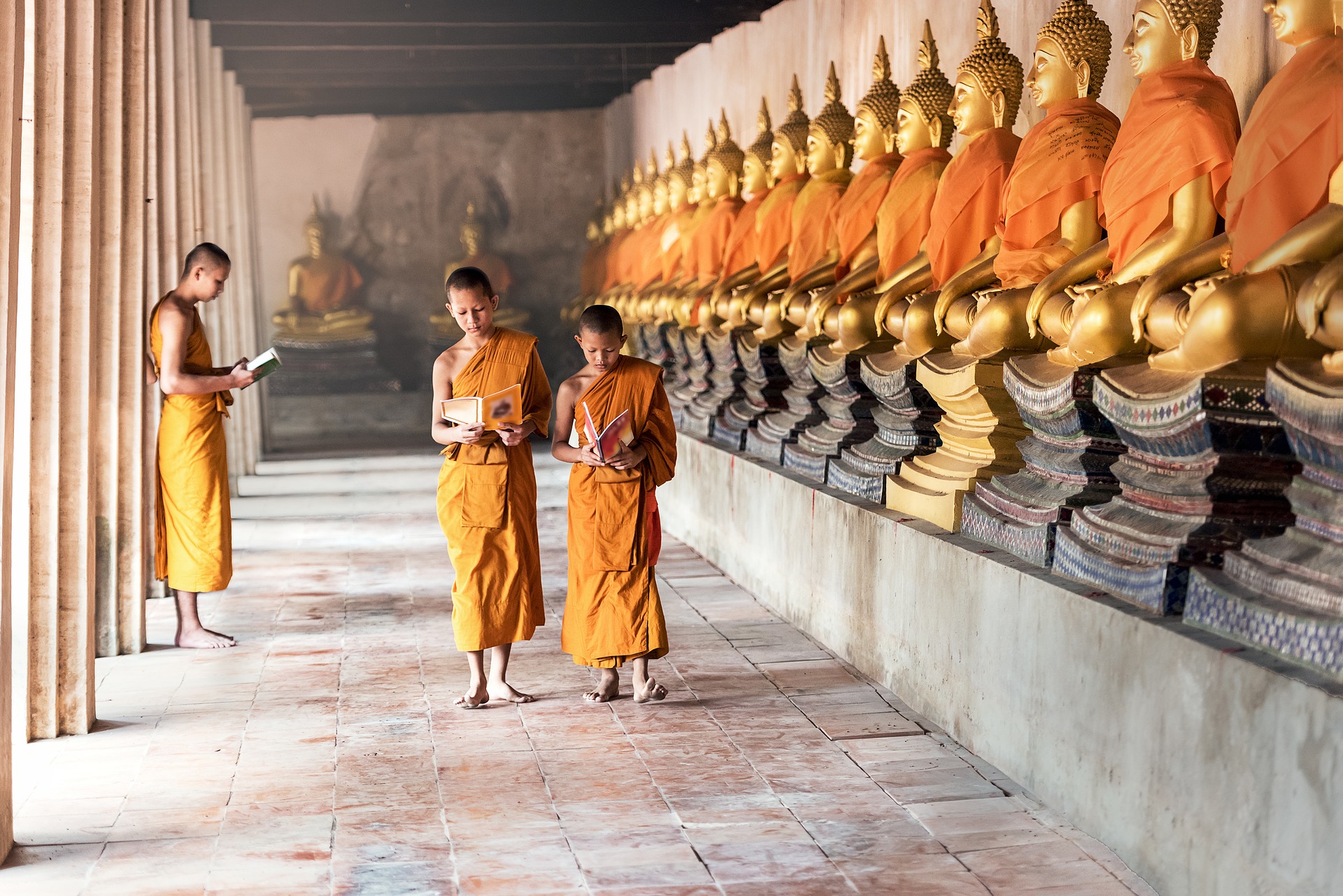
Summary
Despite the fact that Cambodia is mostly recognized for Angkor Wat and Khmer Rouge there is much much more to it. The country has an incredible culture, markets, restaurants, arts, temples, and really warm and welcoming locals. Remember that planning your trip with Travset.com will give you the quickest information about nearest emergency services and will also help you purchase indispensable travel insurance for the trip of your lifetime. Please feel free to comment and share the experiences of your travels with Travset.com.
Sources
(Visa)
https://www.evisa.gov.kh/
https://www.tourismcambodia.com/tripplanner/essential-information/visa-passport.htm
(Vaccinations)
https://wwwnc.cdc.gov/travel/destinations/traveler/none/cambodia
https://wwwnc.cdc.gov/travel/yellowbook/2018/infectious-diseases-related-to-travel/yellow-fever#5291



